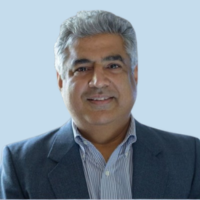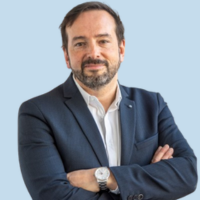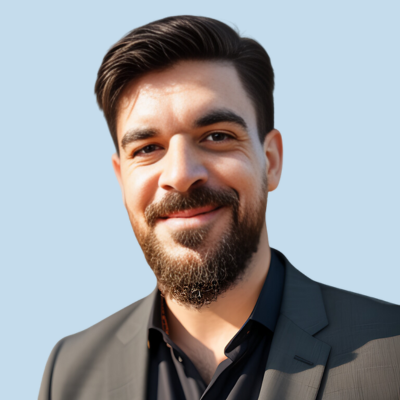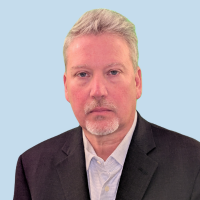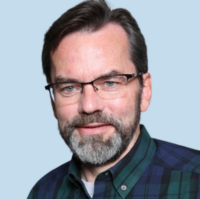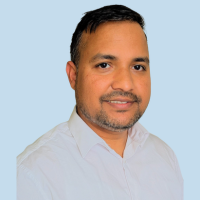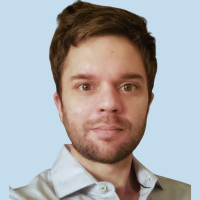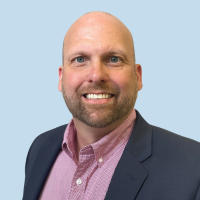We speak to four of our newest Drug Development Consultants (DDCs) about their experiences and how they are helping to drive innovation for customer programs in their roles at Quotient Sciences.
At Quotient Sciences, Drug Development Consultants (DDCs) play a key role in helping clients navigate the complexities of drug development–from early drug development to clinical testing pathways, through to scaling up to later phases of clinical trials and commercial manufacturing. Our DDCs bring together experience across scientific disciplines, regulatory, and operations to guide program strategy and execution. Their main goal is to help clients make informed decisions to reduce development risks and keep programs on track
DDCs at Quotient Sciences work closely with each client to understand their molecule, development goals, and current challenges. From there, they offer tailored guidance across areas like formulation development and design, clinical pharmacology, regulatory planning, and manufacturing strategy.
Whether supporting a first-in-human (FIH) study or preparing for late-phase development, the DDC is a dedicated partner focused on helping each molecule efficiently reach its next milestone. Collaborating with the broader Quotient Sciences team—including departments such as business development, project management, and manufacturing—DDCs ensure that every aspect of the development plan is aligned so clients can move forward with clarity and confidence.
For more perspective on the role of a DDC at Quotient Sciences, we interviewed Sandeep Kumar, Director of Drug Development Consulting, Andreas Reichl and Kevin Schaab, Senior Drug Development Consultants, and Robert Cornog, Senior Director of Product Development, about their experience and how Quotient Sciences supports clients with a unique mix of services and expertise.
You recently joined the company in your roles. What experience did you have before you worked at Quotient Sciences, and what appealed to you the most about the company’s offering?
Robert Cornog: I worked with Quotient Sciences from 2008-2021 and recently re-joined the company because of our integrated approach to drug development and commercialization. My previous experience with Quotient Sciences and other companies spanned early drug formulation development, technical transfer, and late-stage CMC strategies through facility readiness and commercial launch. Seeing the value that working in cross-functional teams brings to innovation and accelerating program timelines, Quotient Sciences’ approach seemed like the next logical step.
Kevin Schaab: My previous experience included new pharmaceutical product development, ranging from IND to NDA stages. I particularly enjoy the challenges posed by transitioning products into the clinic and refining their performance along the development lifecycle. I joined Quotient Sciences because of the unique capabilities of the organization in taking a science-driven approach to solving emergent challenges in drug development.
Andreas Reichl: My previous experience was focused on early clinical development—including preclinical and translational sciences, first in human, proof of concept, and beyond (considering the labeling studies needed later in development). Clinical pharmacology principles have fascinated me from the very early days of my career. Understanding the underlying mechanistic and scientific aspects that feed into clinical studies and how that data ultimately defines a compound’s profile (summarized in the drug label) is very interesting.
For me, Quotient Sciences’ Translational Pharmaceutics® platform, and what it can do to enhance and optimize compound performance in humans, adds another dimension of possibility to development programs. I believe this kind of approach will become increasingly important in the future of drug development.
Sandeep Kumar: I have held diverse roles across academia, large and midsize CDMOs, and the excipient industry, gaining extensive experience in formulation development, clinical trial manufacturing, and excipient and coating technologies. I am passionate about supporting early-stage drug development customers in bringing differentiated products to market.
Like others, I was also attracted to join Quotient Sciences based on the integrated approach we follow—combining formulation development, clinical manufacturing, and clinical testing together with Translational Pharmaceutics®. This style of working not only supports outcome-based decision-making, but allows timely adjustments to be made, such as exploring promising technologies or reformulating to create better drug candidates. The focus on more collaborative and connected development activities inspires me because it helps bring better, differentiated therapies to patients faster.
Is there a specific challenge you frequently see in development? What would be your advice to best avoid this?
Kevin: I like to say that many characteristics of a drug are 'baked-in' from the very early stages of its conception and development. The greater the understanding of these characteristics early on, the greater the likelihood that you can begin to comprehend some of the potential challenges you’ll be facing related to developing the drug in the long run.
Robert: Aside from overcoming typical challenges with poor bioavailability and solubility, a lot of programs have hurdles with limited understanding of formulation, limited knowledge transfer during technical transfers, unanticipated scale-up difficulties, and poor CMC compliance with current regulatory expectations. A centralized and agreed upon risk management program, one that can be frequently referenced by all stakeholders, is critical to help overcome these issues.
Andreas: My recommended mitigation strategy would be for more rigorous focus on preclinical science to ensure compounds are “clinic ready.” Otherwise, speed to the clinic may come at the cost of poor quality data.
Limited or improper preclinical data are more likely to create challenges during early clinical development. GLP toxicology studies with inadequate or insufficient dose levels, too short recovery periods, and missing or ambiguous genetic toxicology data are a few challenges that make interpretation and translation of these data difficult. This could lead to premature stopping criteria in human dose escalation and resulting termination of trials or even compounds that could have been avoided. Oncology compounds tend to face such challenges, given the less comprehensive preclinical data requirements for this indication.
Sandeep: One challenge I frequently see in development is the gap between formulation optimization and clinical outcomes, often caused by insufficient integration between development and manufacturing stages. My advice to avoid this is to adopt an integrated approach where these activities happen together. This not only accelerates decision-making but allows rapid iteration and optimization to advance drug candidates.
How do you apply your industry knowledge to help clients navigate the complexities of drug development at each stage?
Kevin: I tend to approach challenges with an open mind, curiosity, and an eye towards seeking fit-for-purpose solutions appropriate for the phase of development being undertaken.
Andreas: In the early clinical space, it is important to identify a compound’s potential showstoppers as soon as possible. This allows a compound to be terminated early, if necessary. For instance, consider incorporation of critical items as additional objectives or endpoints into first in human trials, such as a concomitant use DDI cohort within a FIH umbrella protocol.
In later clinical phases, the time and cost-efficient conduct of clinical pharmacology packages of labeling work is an area where many clients benefit from consulting an experienced CRO. Using DDI cocktails and other design enhancements, instead of conducting multiple separate trials, is a classic example.
Robert: By later stages, the shift really focuses with the end in mind. Focused development and process understating ensures the CMC strategies are flexible enough to accommodate changes and still meet or exceed the expectations of regulators.
Sandeep: I use my experience to guide clients through each stage of development—formulation design and optimization, clinical manufacturing, and regulatory interactions included. Drawing on my background in excipient technologies and clinical manufacturing, I help clients anticipate challenges, select the right formulation strategies, and manage transitions between development phases. I also stay up to date on the latest industry news, trends, and regulatory requirements so I can offer practical advice to help minimize risks and keep programs on-course.
What trends or innovations excite you in this space?
Robert: Technology is really changing the way we can approach delivery of therapies to patients. Digitalization of information from the manufacturing floor and quality control laboratories, and patient monitoring using wearable devices, are allowing real time data analysis and decision-making. Using that data in simulations and to create digital twins, which can be applied to advancing patient specific personalized medicine, will be real game-changers.
Kevin: I am particularly excited about the number and type of different treatment modalities now being leveraged to tackle unmet needs in medicine—antibodies, RNA, DNA, small-molecules, peptides, proteins, etc. As I mentioned, the intrinsic characteristics of different types of molecules present different and unique challenges from the get-go, so we will be compelled to seek unique, science-driven solutions in advancing these medicines to patients.
Andreas: Both formulation development and clinical pharmacology are deeply rooted in science, and it is exciting how we can marry these disciplines to further enhance and streamline both formulation and clinical development. Beyond that, I believe that a science-driven approach, such as Translational Pharmaceutics®, will become even more critical in the future as more BCS class II and III compounds needing formulation optimization are emerging.
Sandeep: What excites me most in this space is the integration of AI and machine learning to speed up drug discovery and optimize clinical trials. I enjoy seeing innovations in drug delivery and formulation technologies that improve patient outcomes, and I think technology will help advance that in years to come.
Meet our DDCs at an upcoming seminar, tradeshow, or conference this year. Browse our event listing for details on what events we'll be attending or hosting next.
